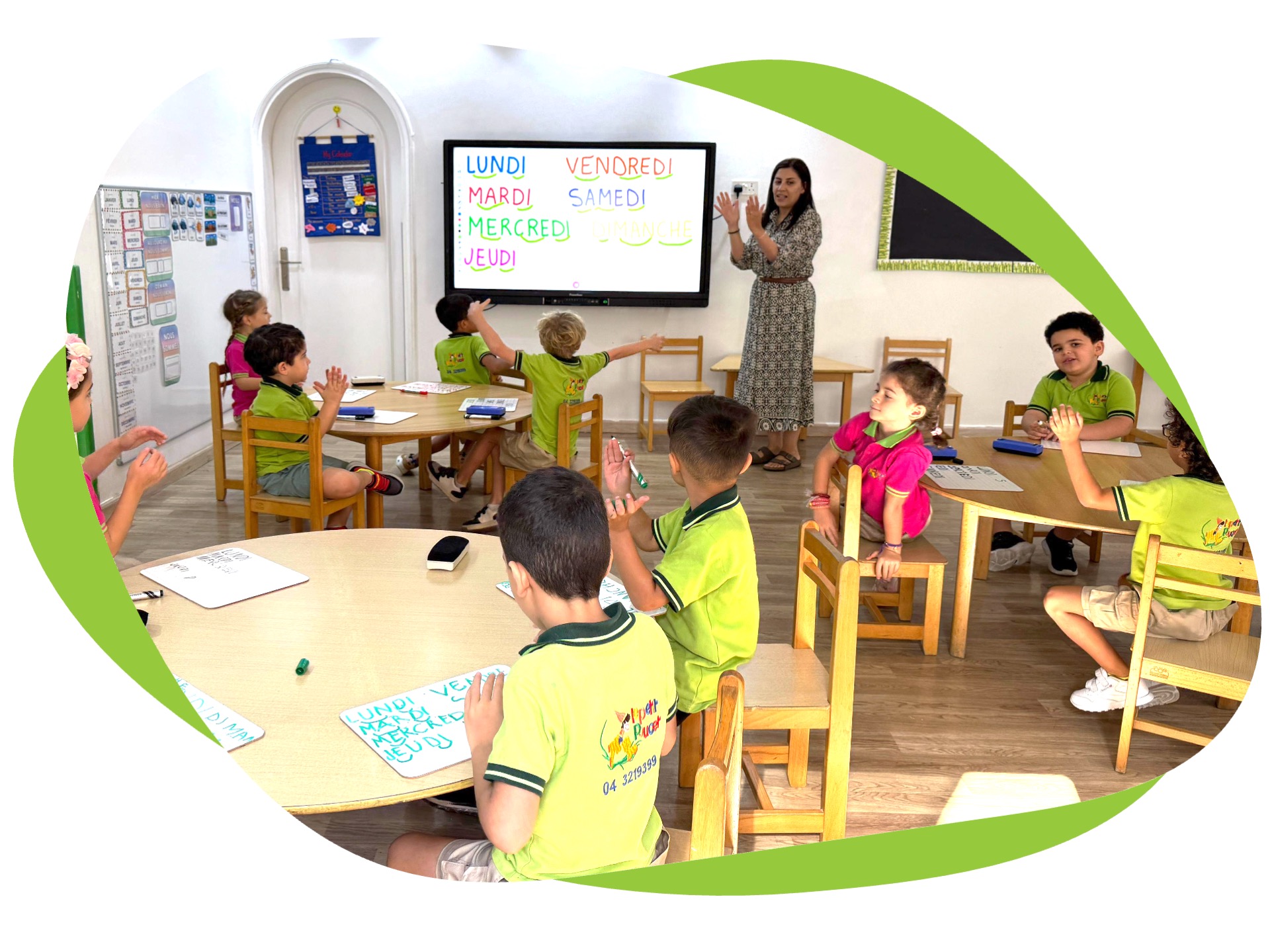At Le Petit Poucet, we prepare children for primary school by integrating the strengths of the Early Years Foundation Stage (EYFS) and the French curriculum. This combined approach ensures that children receive a well-rounded education that fosters their intellectual, social, emotional, and physical development.
A Comprehensive Approach to Bilingual Learning
Advantages of the French Curriculum for Early Education
The French curriculum offers a structured and rigorous foundation for early education, focusing on five key areas mobilizing language in all its dimensions:
physical expression and understanding, artistic engagement, foundational math skills, and exploration of the world. Each day integrates these components to foster holistic child development. The curriculum prioritizes proficiency in the French language while introducing English, setting the stage for effective bilingual education. Additionally, it incorporates cultural education, immersing children in French culture and values, enhancing their global awareness.

Our curriculum is tailored for the below age groups
Curriculum General
| Class | Age group | Curriculum |
| Babies | under 18 months of age | french program |
| Toddlers | 18 months to less than 3 years of age | French program |
| Pre-school / petite section / Foundation Stage 1 | 3 -4 years of age | French curriculum |
| Foundation Stage 2 / KG1 / Moyenne section | 4-5 years of age | 50/50 bilingual French Curriculum & EYFE (British Curriculum) |
| Year 1/ KG1 / grande section | 5-6 years of age | 50/50 bilingual French Curriculum & British Curriculum |
Balancing English and French Curricula
A Week at Le Petit Poucet
A typical week at Le Petit Poucet alternates daily between teaching in French and English. French days cover five learning areas: language, physical and artistic expression, math foundations, and world exploration. English days follow the EYFS, emphasizing communication, physical, social, and emotional development. Activities include role-play, verbal exercises, and motor skill development, fostering self-confidence and social interaction. This balance ensures children are immersed in both languages and cultures, developing the skills needed for primary school.

Facilities tailored to their needs
Stimulations Help Brain Development
At Le Petit Poucet, our facilities for children aged 3-6 are specifically designed to cater to their developmental needs, providing a stimulating and safe environment where they can thrive.
At Le Petit Poucet, our facilities for children aged 3-6 are specifically designed to cater to their developmental needs, providing a stimulating and safe environment where they can thrive.
- Splash Area:
Our splash area is a specially designed outdoor space where children can engage in water play. This area not only offers fun but also supports the development of motor skills and sensory experiences. Water play encourages children to explore textures, temperatures, and movement, all of which are crucial for sensory development.
- Gymnasium:
Our gymnasium is a spacious indoor area equipped with age-appropriate equipment that encourages physical activity and the development of gross motor skills. It is designed to host a variety of physical activities, from gymnastics and dance to structured play that promotes coordination, strength, and balance. The gymnasium provides a safe and controlled environment where children can explore movement and exercise.
- Classroom Design:
Classrooms for the 3-6 age group are thoughtfully arranged to create an inviting and educational environment. Each classroom is divided into distinct areas that cater to different types of activities. There are designated spaces for group learning, creative arts, reading, and interactive play. The layout is designed to support a child’s natural curiosity and need for movement, with easy access to materials that encourage exploration and independent learning. The classrooms are bright, airy, and filled with natural light, creating a welcoming atmosphere that enhances focus and engagement.

Splash Area:
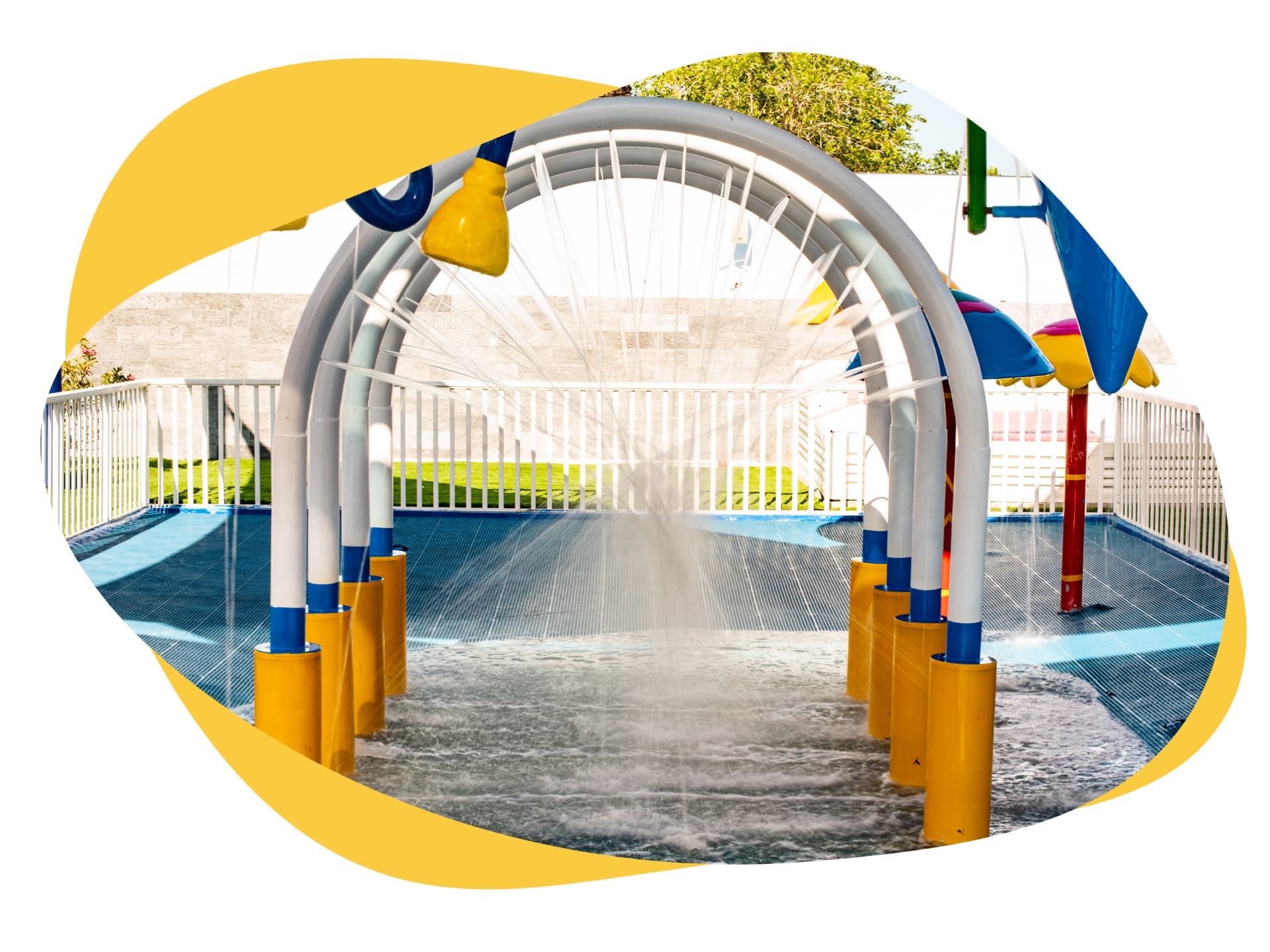
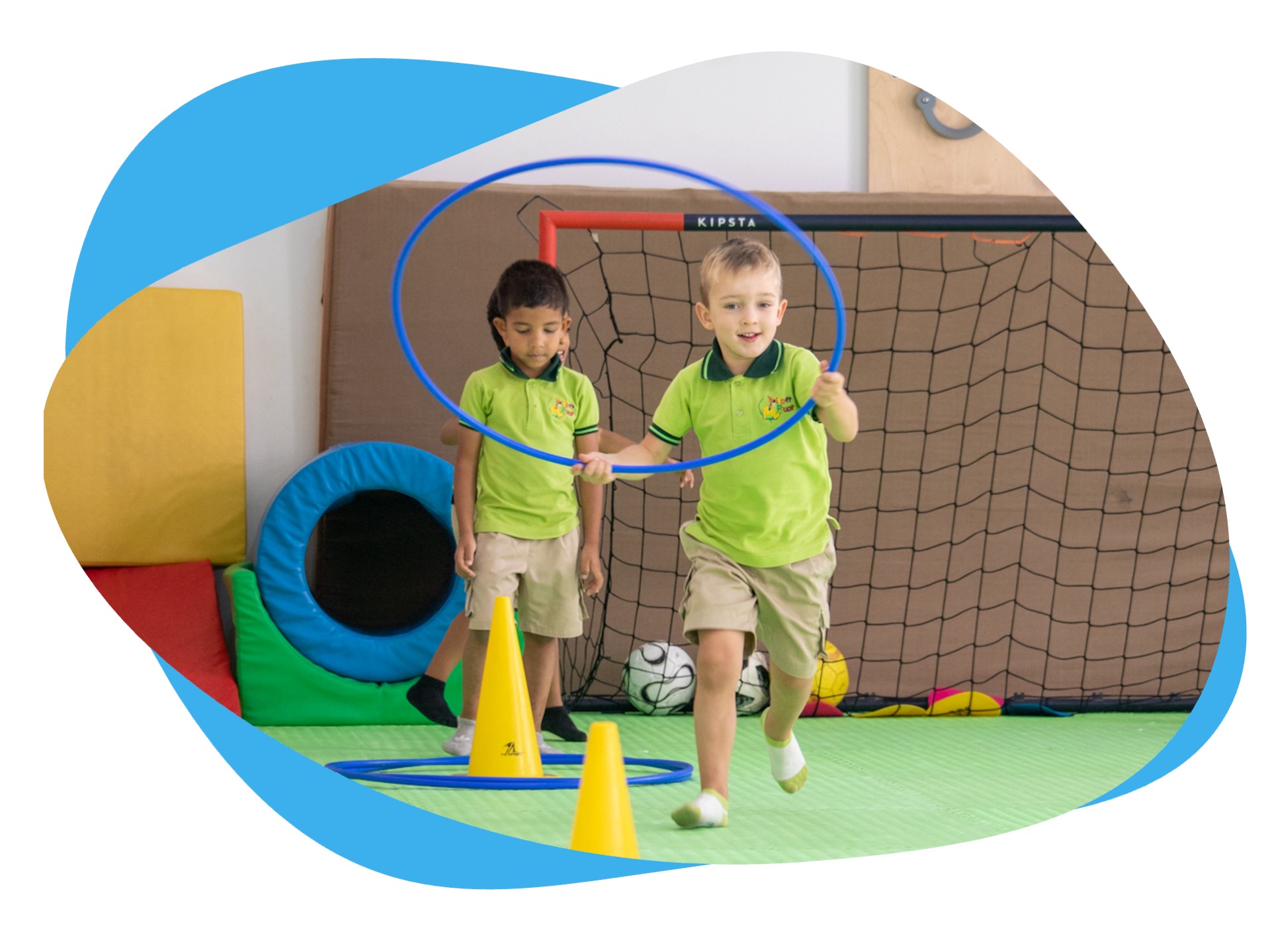
Gymnasium:
Classroom Design:
Transition to Primary school : An Optimal Preparation
The Bilingual Program in Le Petit Poucet Kindergarten
The bilingual classes in Le Petit Poucet are our signature classes and they start from the age of 4 years to 6 years. Parents can choose between French only classes or 50/50 bilingual classes:
- KG1 / FS2 / MS / 4-5 Years
- KG2 / Year 1 / GS / 5-6 Years
Children can learn two or more languages during childhood without any problems. And that in fact, it is much easier to learn language in the early years. The following are some variables that impact bilingual development that parents should keep in mind:
- Babies learn at their own individual pace. So your child may develop his/her language skills at a different rate than a monolingual child and it may have nothing to do with the fact that she is learning two languages at once.
- A key variable for bilingual acquisition is consistency in how children are exposed to the two languages throughout their early childhood. You can choose to provide a consistency in a variety of ways. For example, one adult should speak one language. Or, your family may speak only French in the home and English outside the home.
- So delight in the joy of hearing your child explore and master two languages. When they’re older, they’ll be able to tell you Thanks…and also Merci!
- Be aware that your child’s vocabulary in each language may be different than that of a monolingual child. Children learning two languages simultaneously may have smaller vocabularies in one or both languages, compared to children learning only one language. Don’t worry about language-mixing. When children start to use both languages in the same sentence, parents may wonder if they are getting confused by the exposure to and use of two languages. Actually, this combined usage is a very normal stage in bilingual language development. Rest assured, over time and with experience, your child will begin to sort the two languages out on her own.
Our unique experience
is to reach us out!Our Services
Reliable and flexible to fit your demands
From well-balanced meals, daycare, bus services, after-schools activities, we provide attentive, comprehensive and convenient services designed to support and enhance the busy lives of parents ensuring peace of mind and exceptional care for your children.
SEE MORE DETAILS
Tailored
Services
Bus service
The bus service (optional) is provided by a professional outsourced transport company.
Meal service
We offer a balanced lunch service (optional) every day.
After School
Activities
Le Petit Poucet offers extracurricular activities from Monday to Friday.
Afternoon French classes
We offer French classes every day in the afternoon (depending on availability). Open to all children!
Uniform
The LPP uniform (shorts and T-shirt) is mandatory for all children over 18 months.
Talent Academy
It offers targeted physical and sports activities to develop the potential of each child.

Transition to Primary
An Optimal Preparation
At Le Petit Poucet, we ensure a smooth transition for children to French curriculum schools or IB programs. Through our rigorous program, which incorporates the expectations of the French National Education system and the IB EYFS curriculum, each child gains the essential linguistic, social, and academic skills needed. Our partnerships with the best French schools in Dubai ensure the continuity of high-quality education.

Experts say
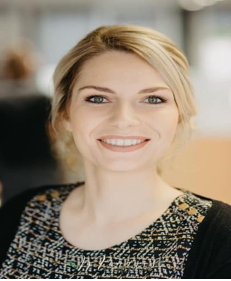
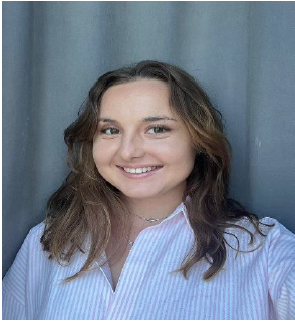
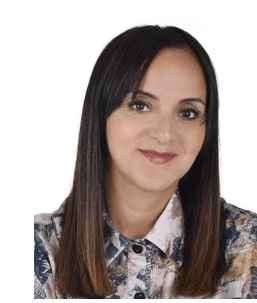
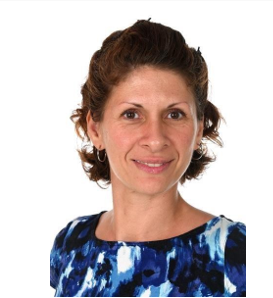
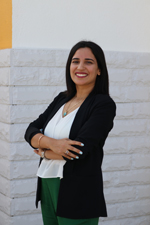
Stay Connected with the Parent App
Keeping You Linked to Your Child All Day Long
At Le Petit Poucet, we understand how important it is for parents to stay connected with their little ones throughout the day. Our Parent App provides real-time updates on your baby or toddler’s activities, meals, naps, and milestones, ensuring that you’re always in the loop. With this app, you can receive photos, videos, and messages directly from our staff, giving you peace of mind and a window into your child’s day. Whether you’re at work or on the go, the Parent App keeps you linked to your child’s experiences, fostering a stronger connection and ensuring you don’t miss a moment.
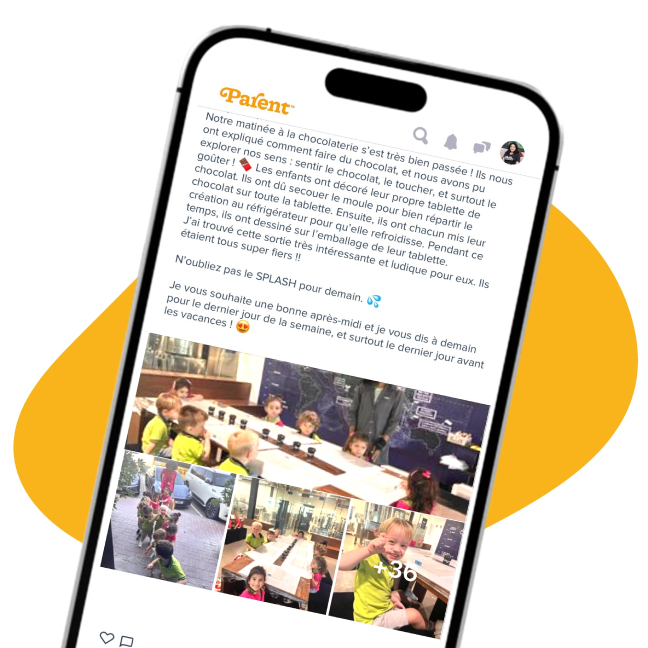







 Application Form
Application Form  download
download Transport Form
Transport Form  Lunch Request Form
Lunch Request Form  Academic Calendar 2024-25
Academic Calendar 2024-25 
 Phone:
Phone:  info@lepetitpoucet.ae
info@lepetitpoucet.ae 